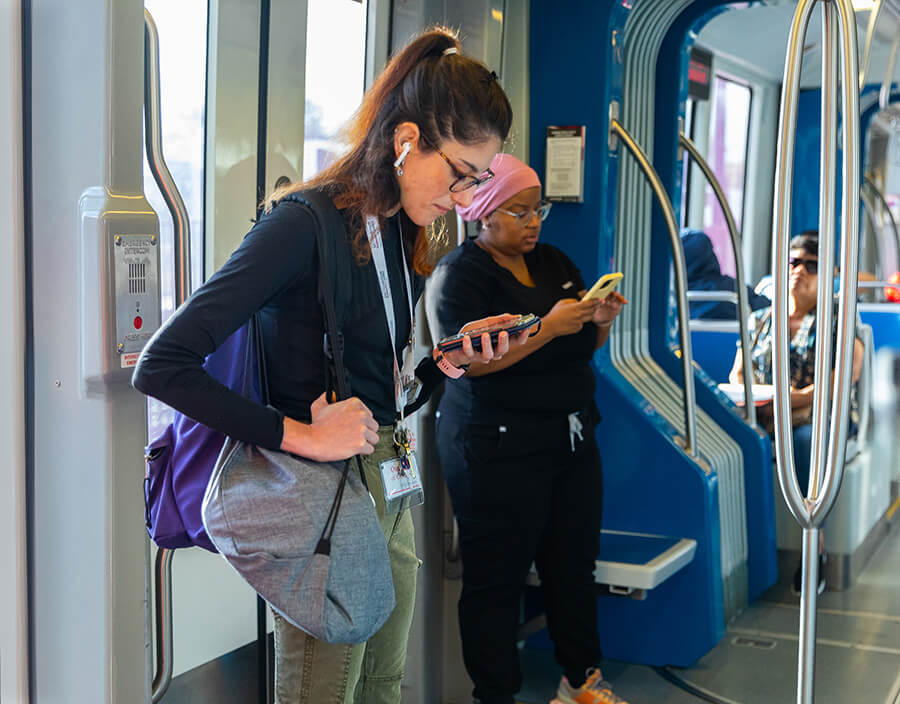The Next Stop: A METRO Podcast
Hosted by Doug Delony, The Next Stop spotlights METRO riders, employees, city and neighborhood representatives and more.
Topics include new transit initiatives, METRO business and career opportunities, safety tips, sustainability and more.
Scroll down to access and stream recent podcasts.


 Google Chrome
Google Chrome
 Safari Mac OS
Safari Mac OS
 Mozilla
Mozilla
 Microsoft Edge
Microsoft Edge